Well, that's Vegas right now—because since the "Jubilee!" show at Bally's closed in 2016, there's no longer a showgirl show.
Just the girls wearing feathered headpieces standing outside the Flamingo or the Venetian, or on Fremont Street, trying to get cash for photos.
Well, except the 50-foot ones that were installed on the North Strip section of Las Vegas Boulevard.
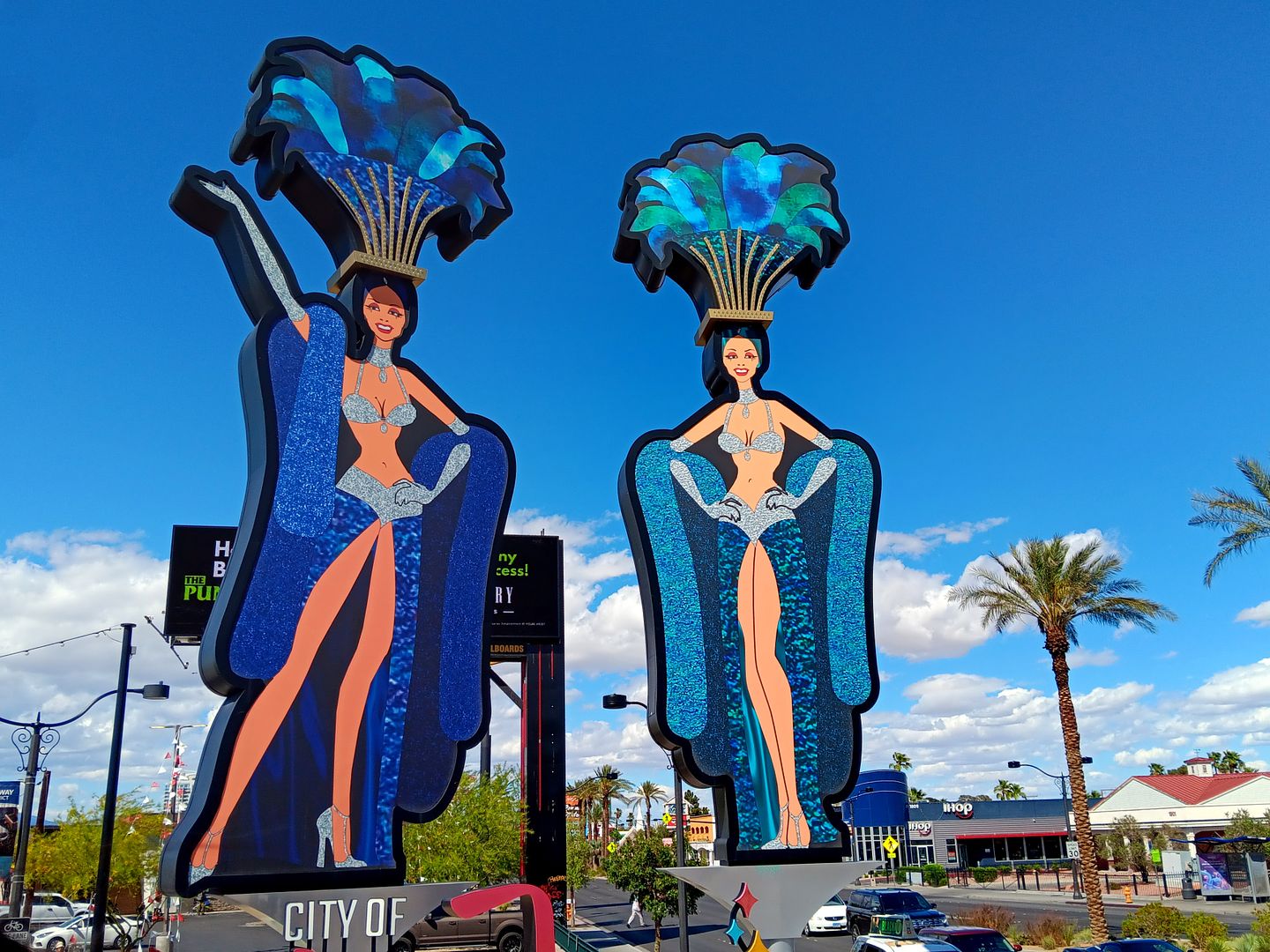
Since October 2023, the closest thing the city has had to a good old fashioned showgirl spectacular is Dita Von Teese's DITA LAS VEGAS: A Jubilant Revue in the Jubilee Theater at Bally's (which was rebranded as Horseshoe Las Vegas in December 2022). Unfortunately, that closed this weekend—but the good news is, I made it back to Vegas in time to see a performance of it on its second-to-last weekend.
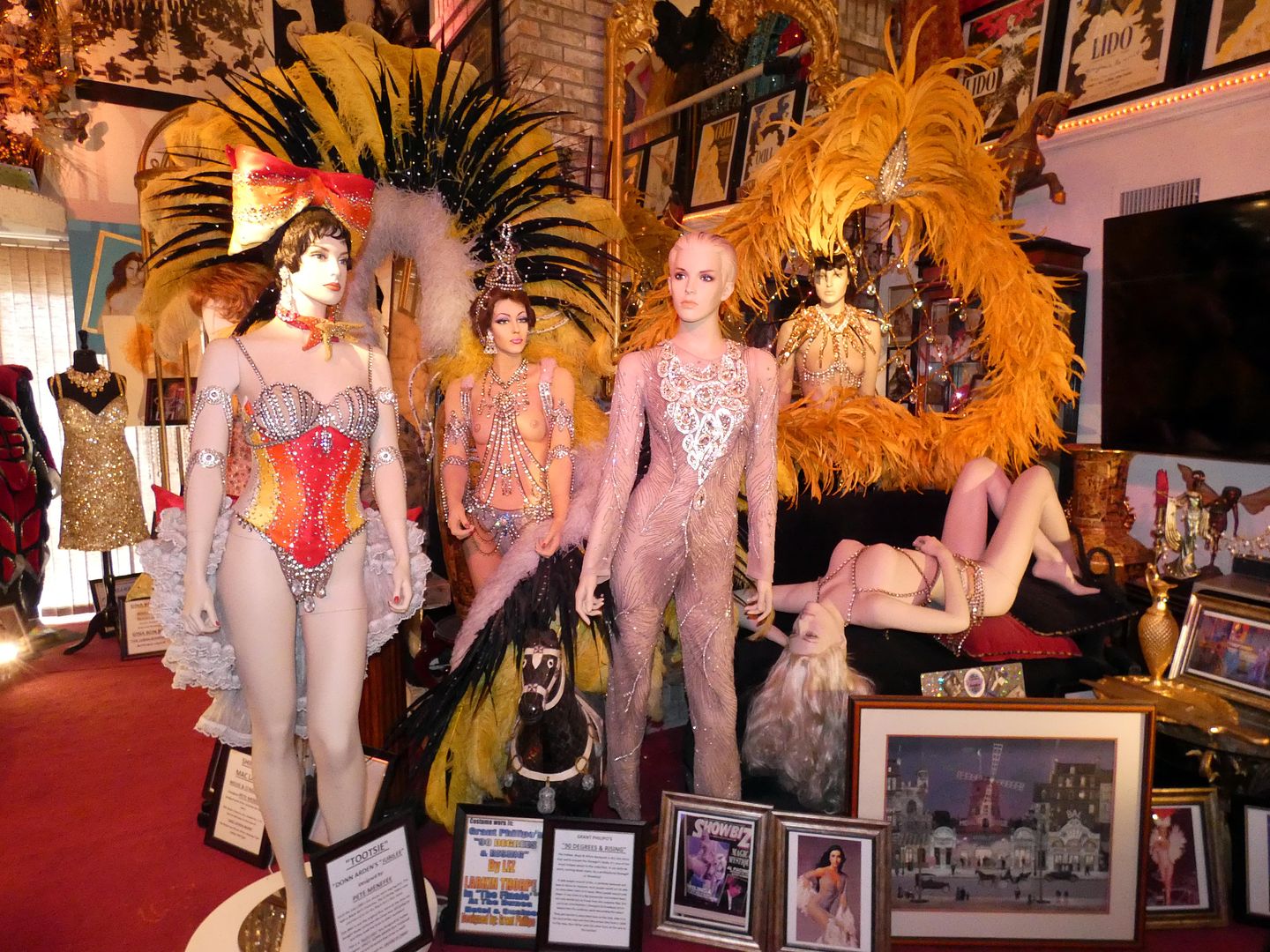
But this post isn't about Dita—and, as I learned at the Las Vegas Showgirl Museum, neither Dita nor her production qualifies as a showgirl show, even though it used some of the Jubilee sets and original costumes designed by Bob Mackie.
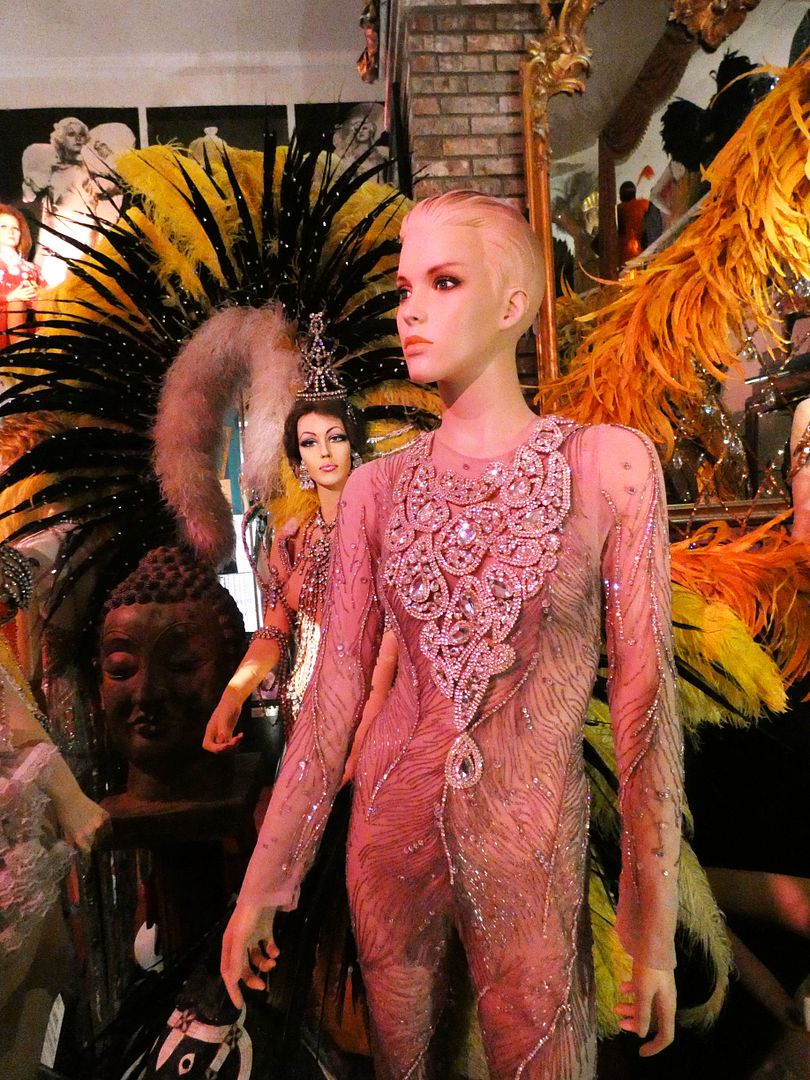
What's the difference, if they're sporting their fine feathers and sparkling jewels?
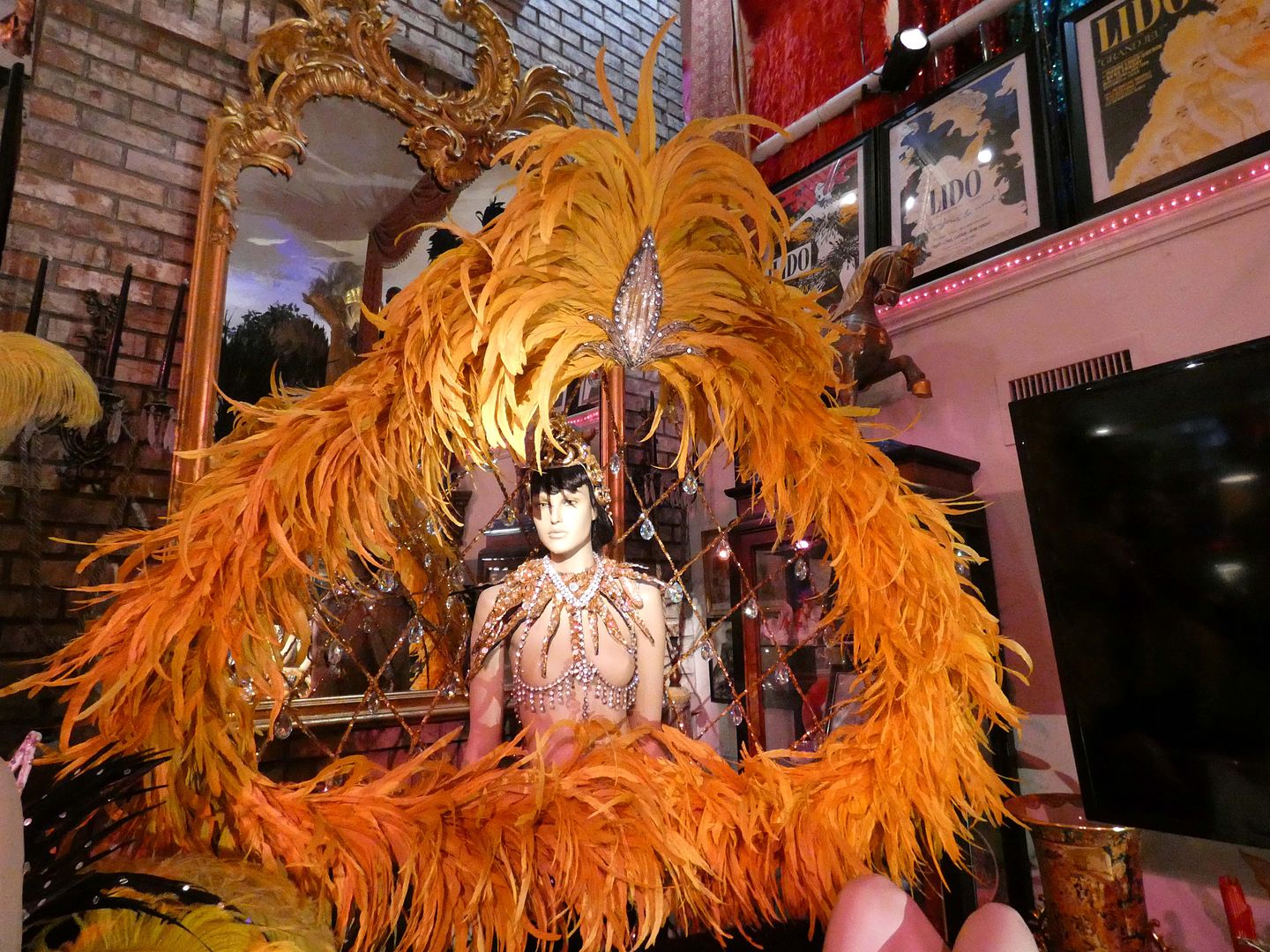
Burlesque dancers wear pasties. Showgirls go bare-chested.
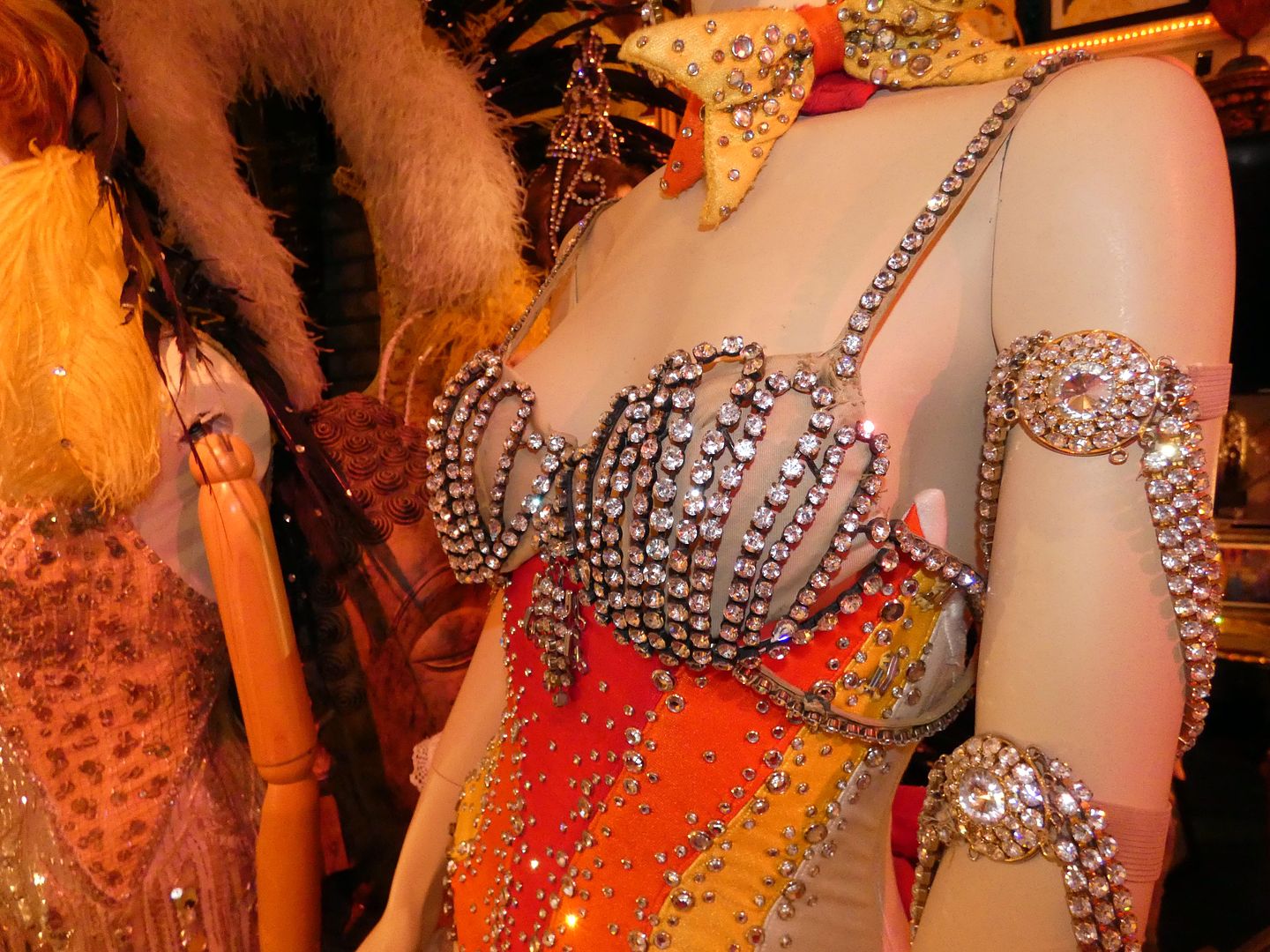
Of course, they didn't always bear it all—as demonstrated in Grant Philipo's collection of showgirl costumes that make up the "museum" (which is actually located in his private home).
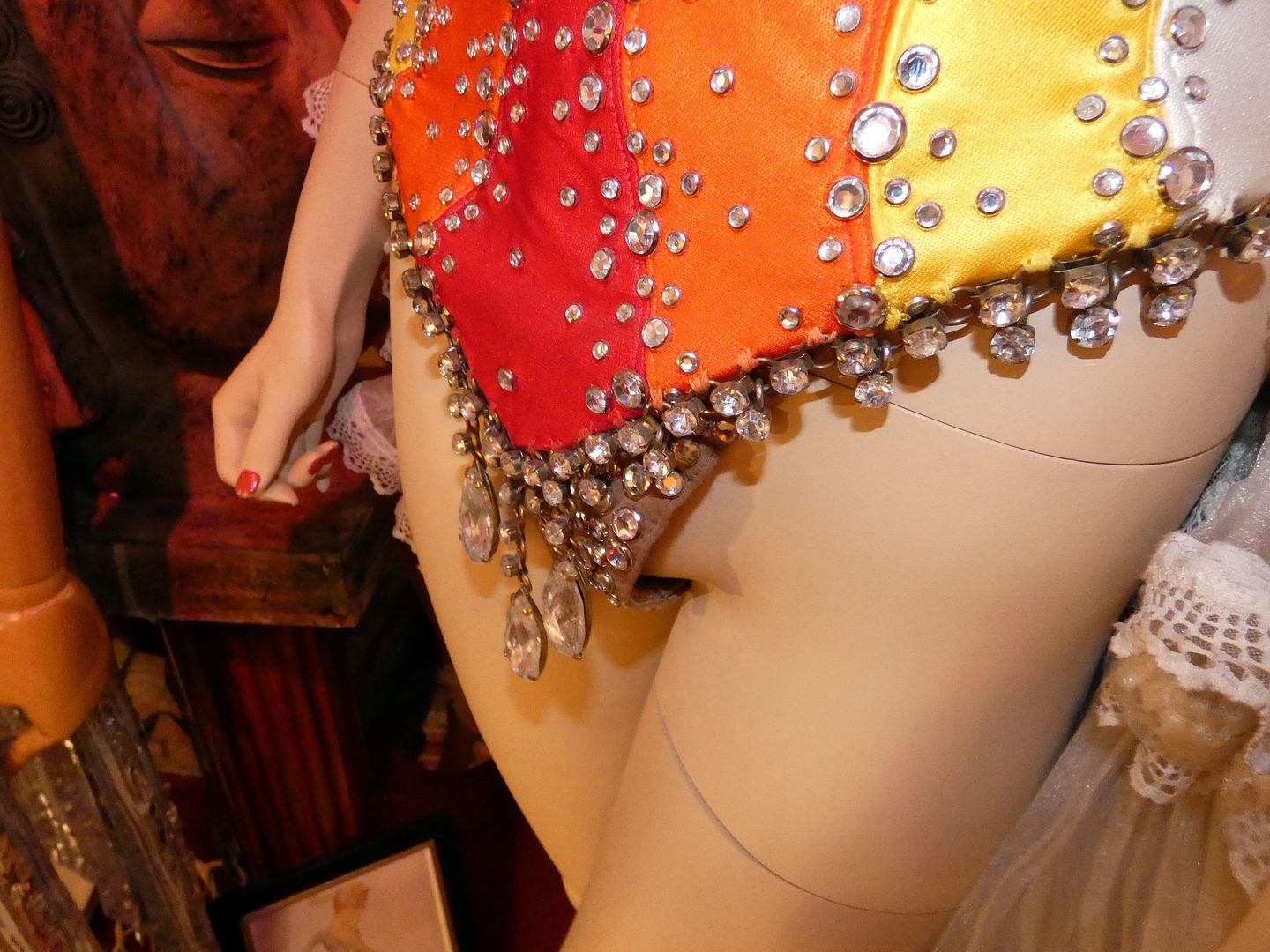
But costume designers tried to make showgirls look like they were exposing as much skin as possible—mostly to appease the husbands in the audience—so they often added "nude"-colored linings to bras, panties, and G-strings. (In the case of the above, a darker brown skintone fabric was worn by the showgirls of color, often segregated into sections known as "Nubian beauties.")
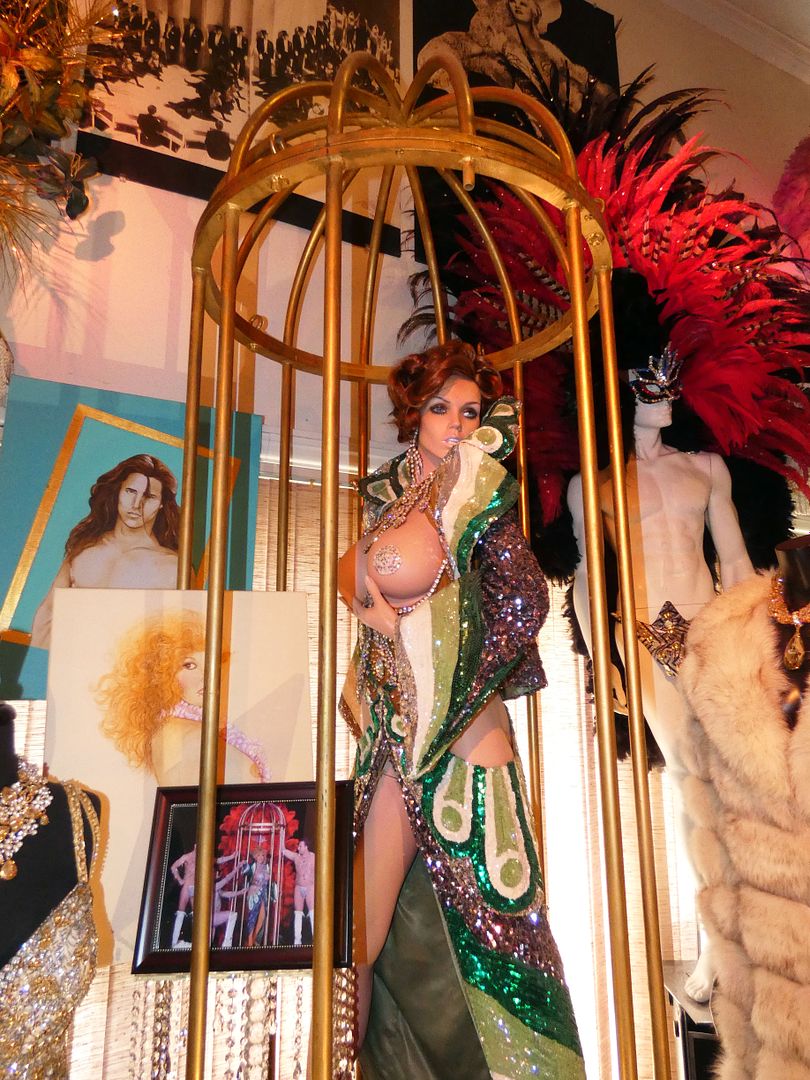
While the museum contains plenty of fashion eye candy, it also pays tribute to some of the key figures in the history of this type of "bare-it-all" entertainment—including Cuban burlesque dancer Gina Bon Bon, who began her career as a rhumba dancer.
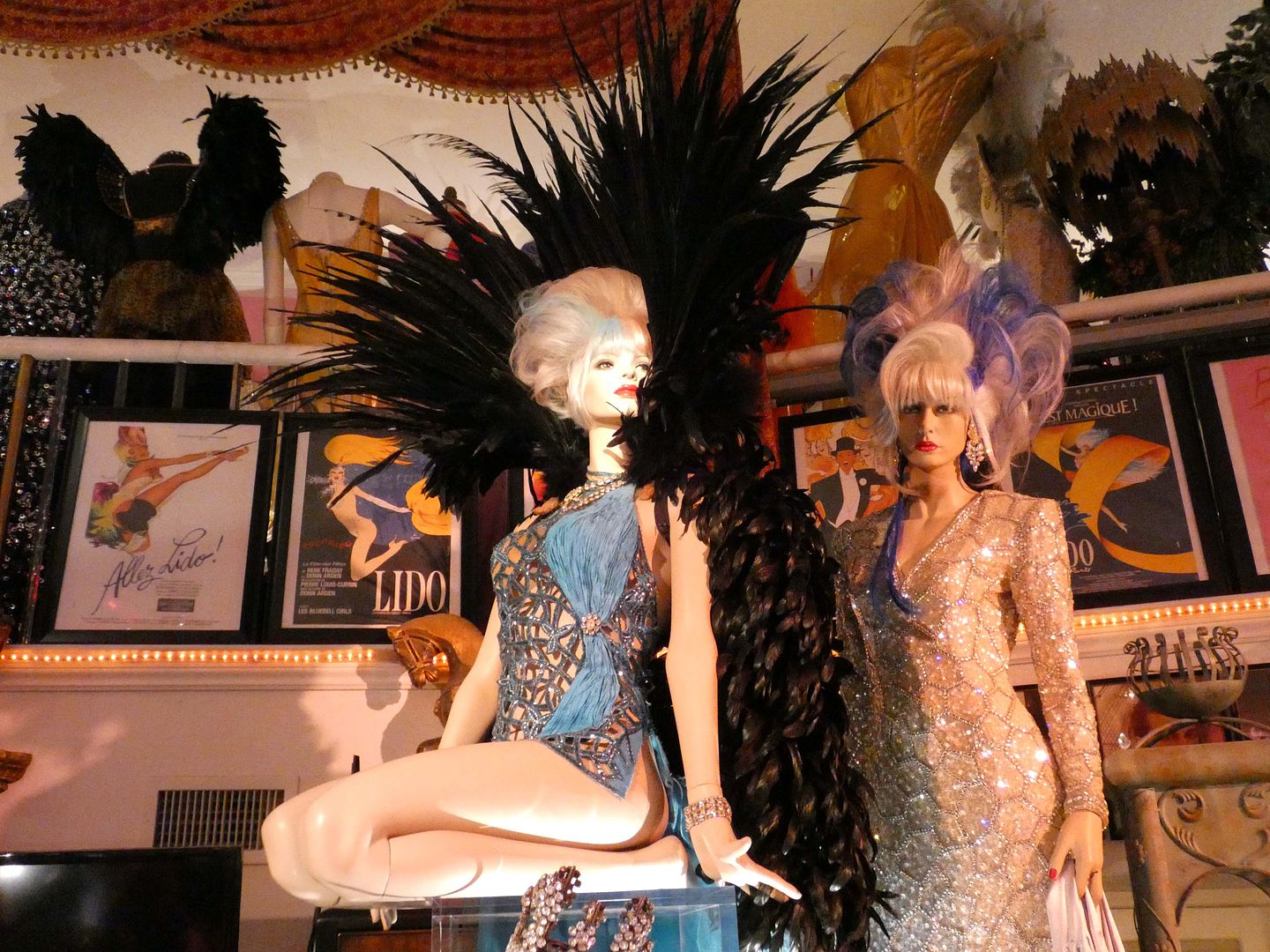
Grant Philipo is a legend in his own right, the 2014 winner of the Burlesque Hall of Fame Sassy Lassy Award for his contributions to the art form. A former "showboy" himself, Philipo hasn't just performed—he's also designed costumes and jewelry and produced stage shows (like "90 Degrees and Rising" at the Dunes).

His interest in collecting doesn't stop with showgirls and burlesque dancers, also including wardrobe worn by the likes of Carol Channing, Shirley MacLaine, Lynda Carter, Ann-Margret, and Donny Osmond in his museum. His most valuable item is the 29-pound "million-dollar gown," worn by Lynette Chappell as "The Evil Queen" in Siegfried & Roy's show.
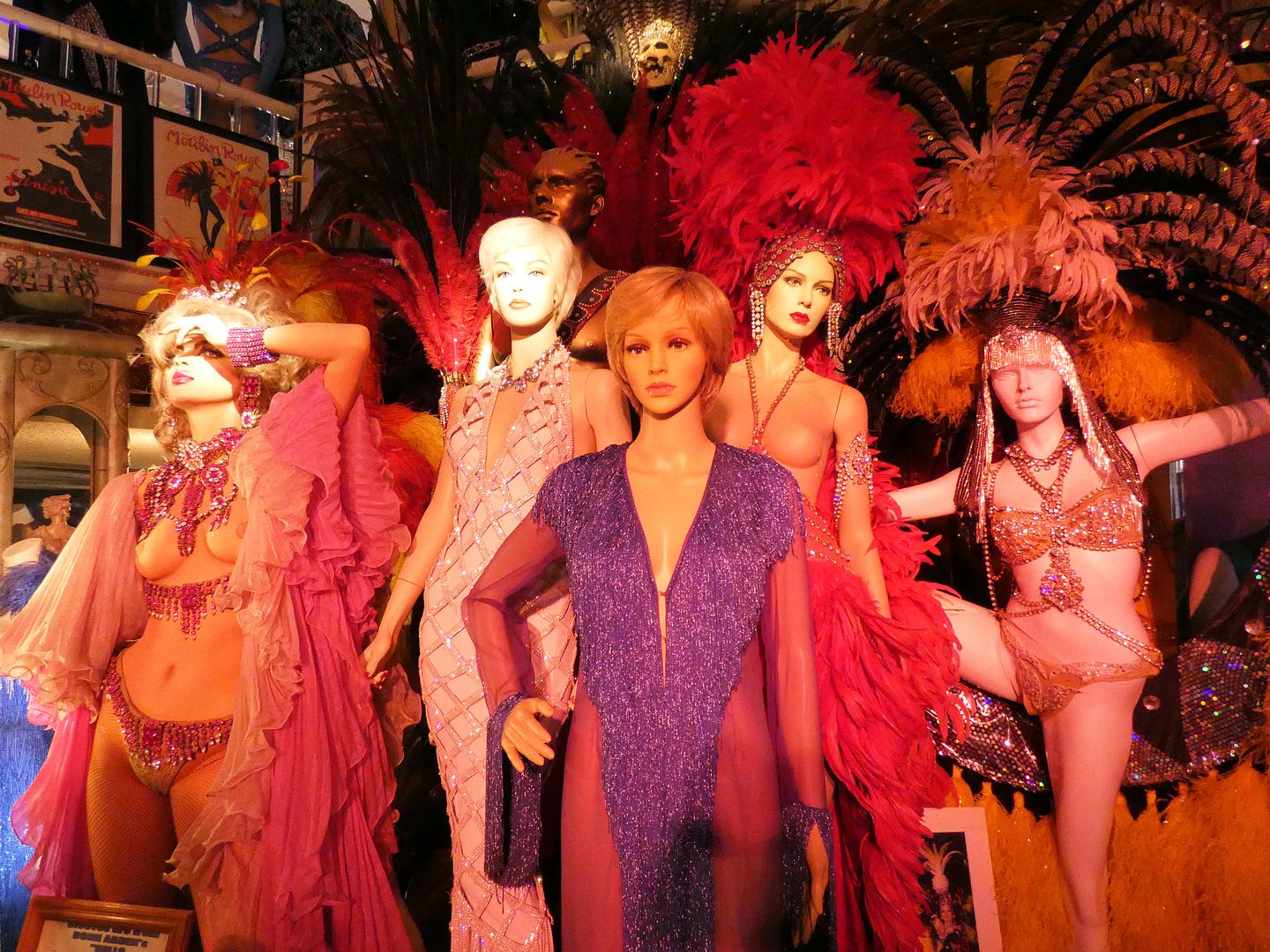
We thought there must be a special purveyor of showgirl mannequins, because normal department store ones would not be able to kick their legs up and would not be as anatomically correct as these are.
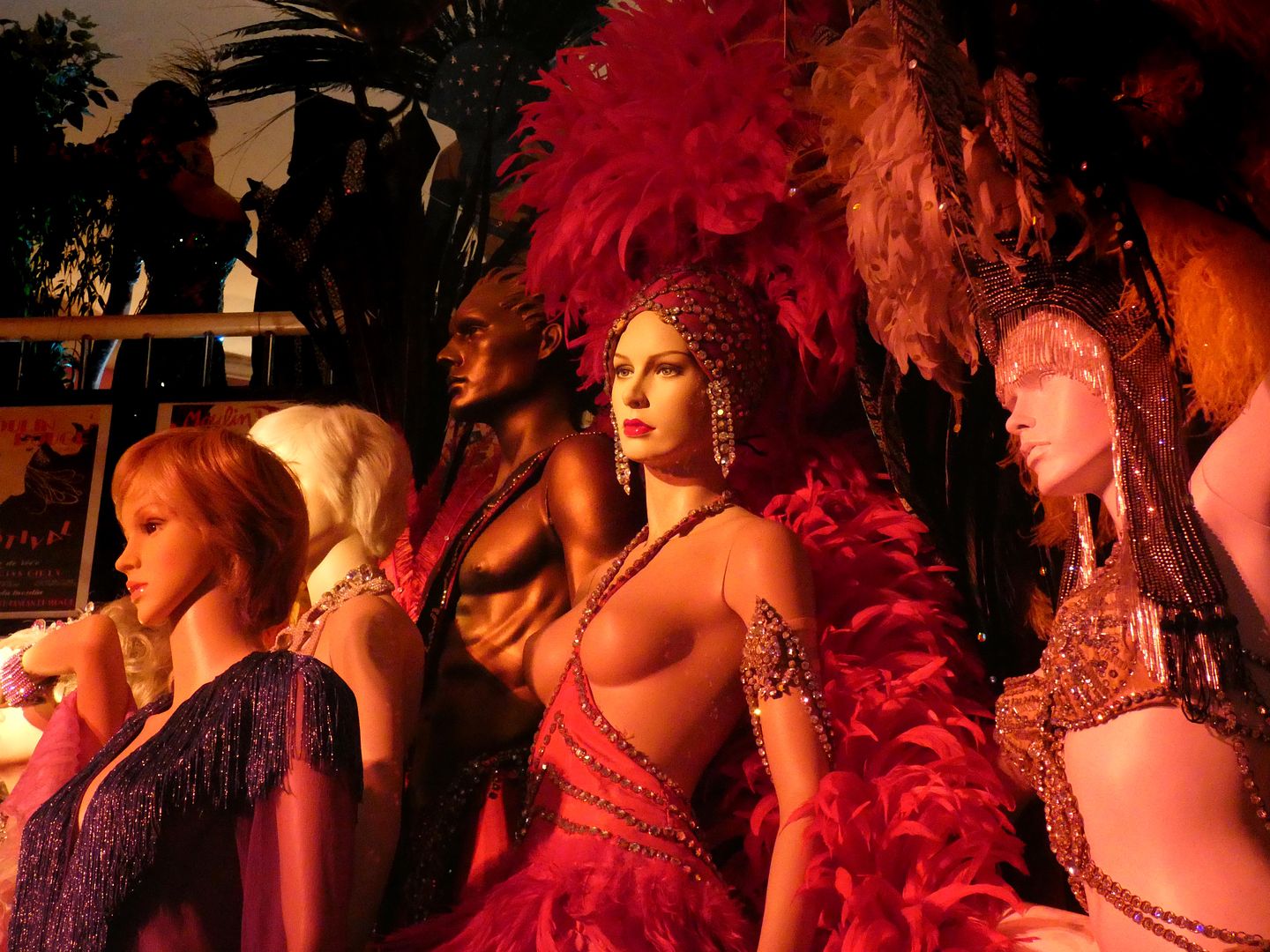
I'm always bemoaning having missed out on so much of "old" Vegas (even though I would've had the chance to see the Jubilee show and I just never went)...
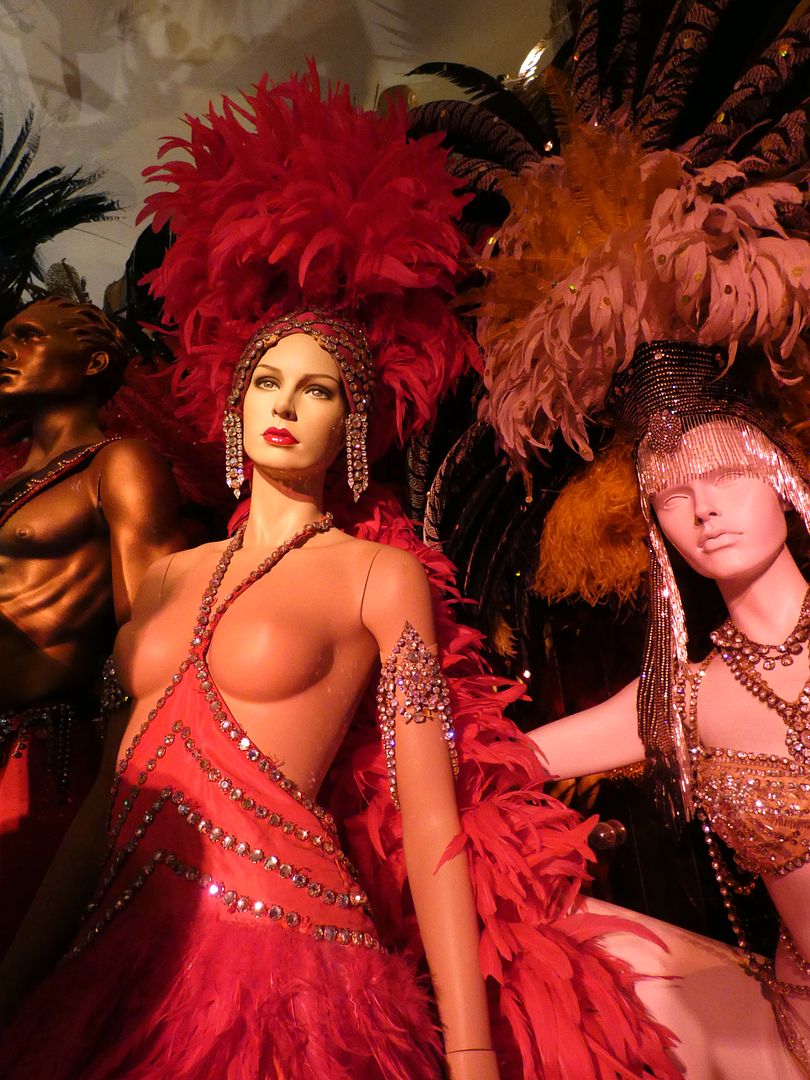
...so visiting the museum gave a nice glimpse into shows like Donn Arden's "Lido de Paris" (at the now-demolished Stardust) and "Hello Hollywood Hello" (once the biggest show in the world, performed in "The Biggest Little City in the World," Reno, on a stage huge enough to hold a 747 airplane).

Philipo lives in the mansion in the Vegas neighborhood of Paradise Palms now—but it once belonged to drag queen and "This Is Boy-lesque" star Kenny Kerr.
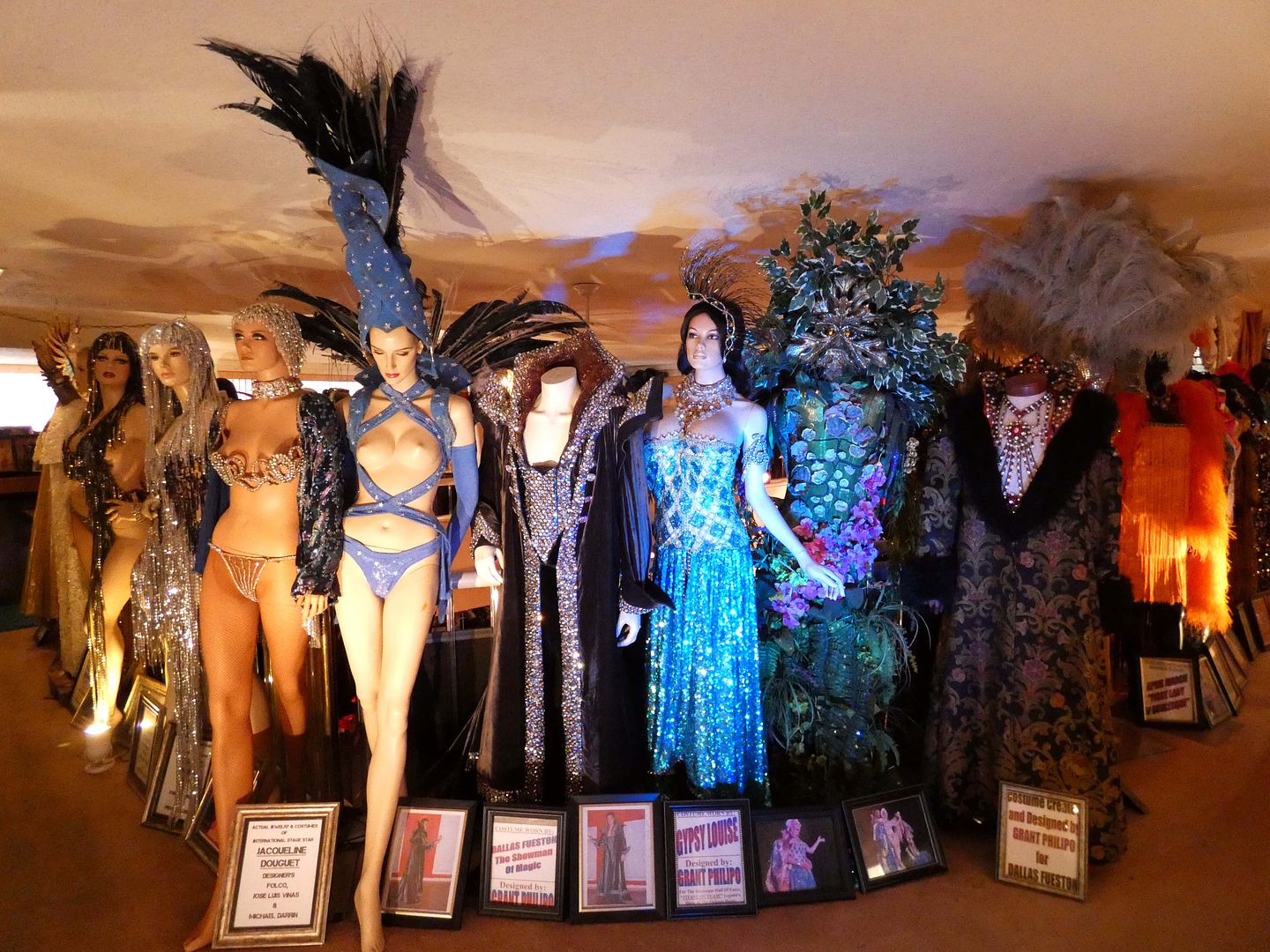
Booking a tour (given by Philipo himself) allows for access to nearly every corner of the home, including the upstairs—but that's not the long-term plan.
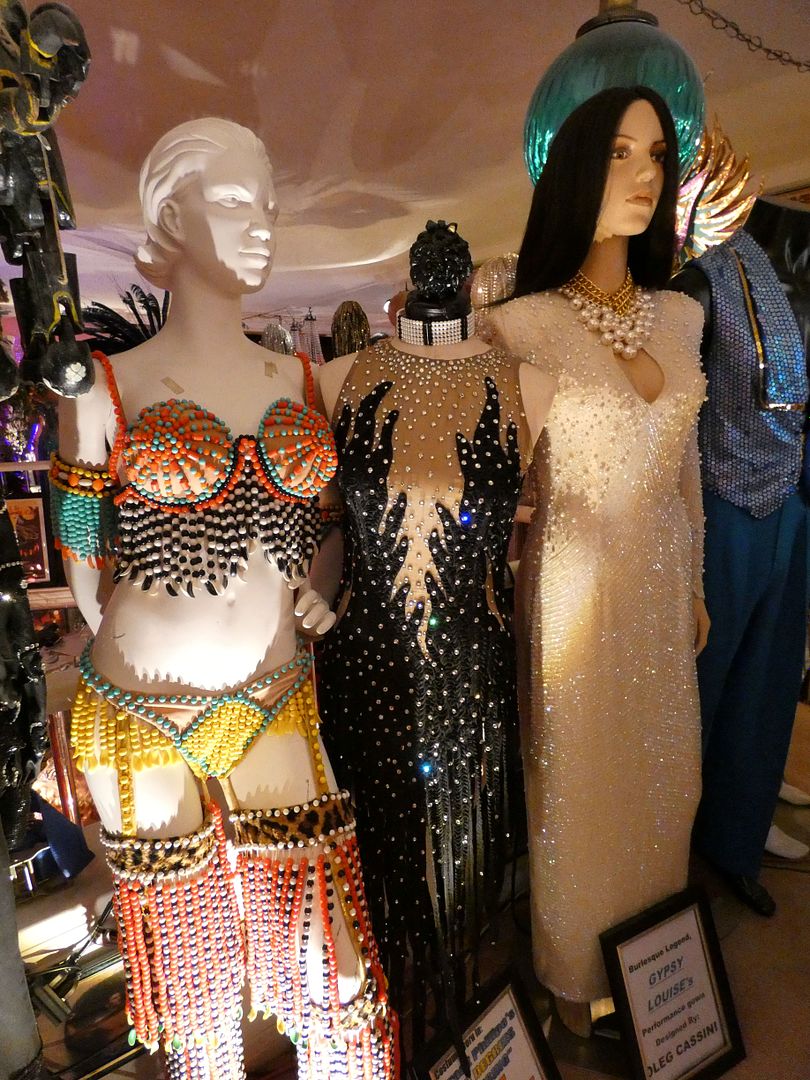
Philipo is hoping to set up shop in a permanent venue, where he can display even more of his collection, as the current museum exhibits only a fraction of it. (That's partially because when he collects, Philipo says, he asks the seller "How many do you have?" And almost no matter the answer, he replies, "I'll take them all.")
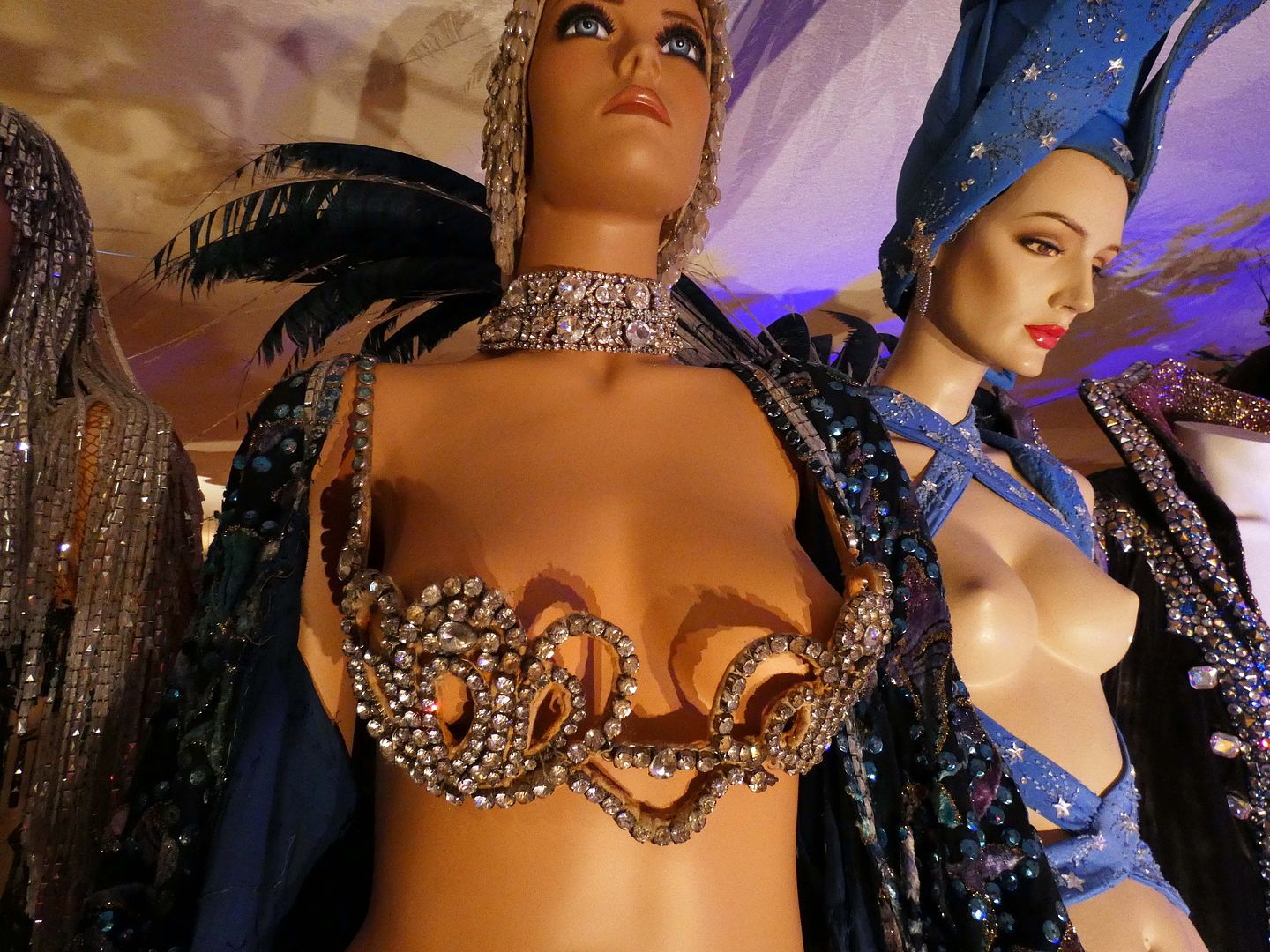
That brings the total number of artifacts to over 40,000—split between the home museum and several storage warehouses.

It's probably the only chance most people would have to see this glitzy costumery up close and in person...
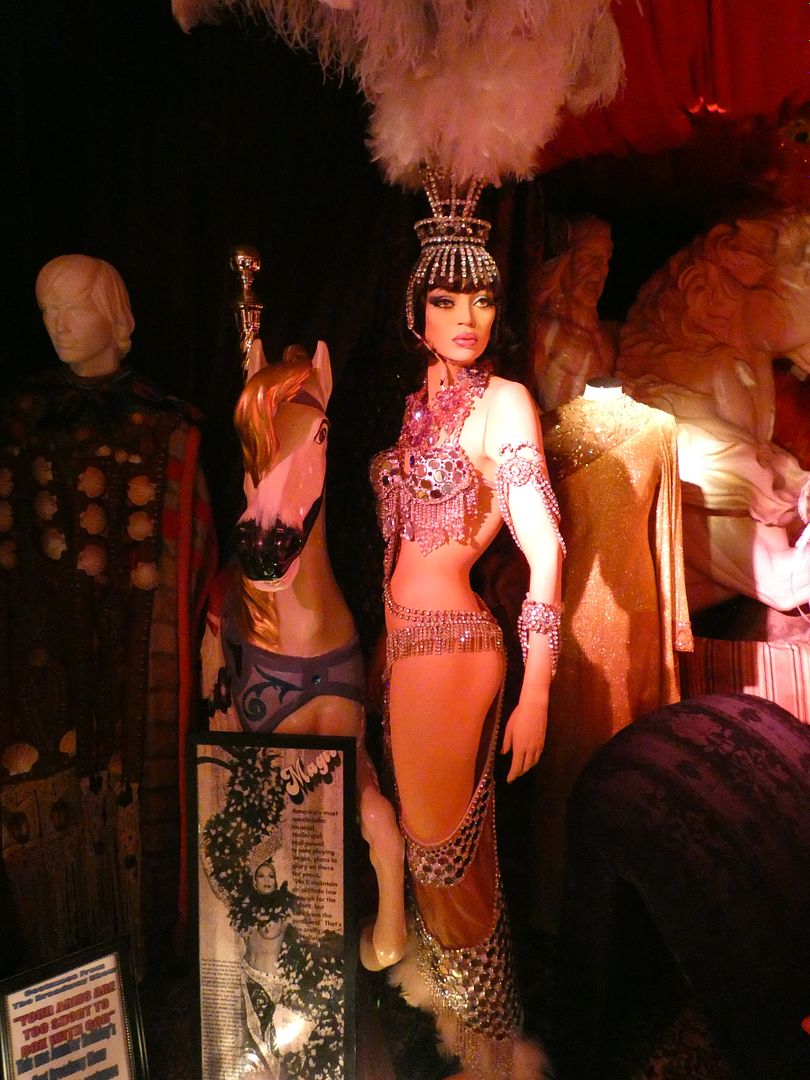
...bulky, welded stuff that took real skill to move around in (and not look down, something the dancers would've been penalized for).
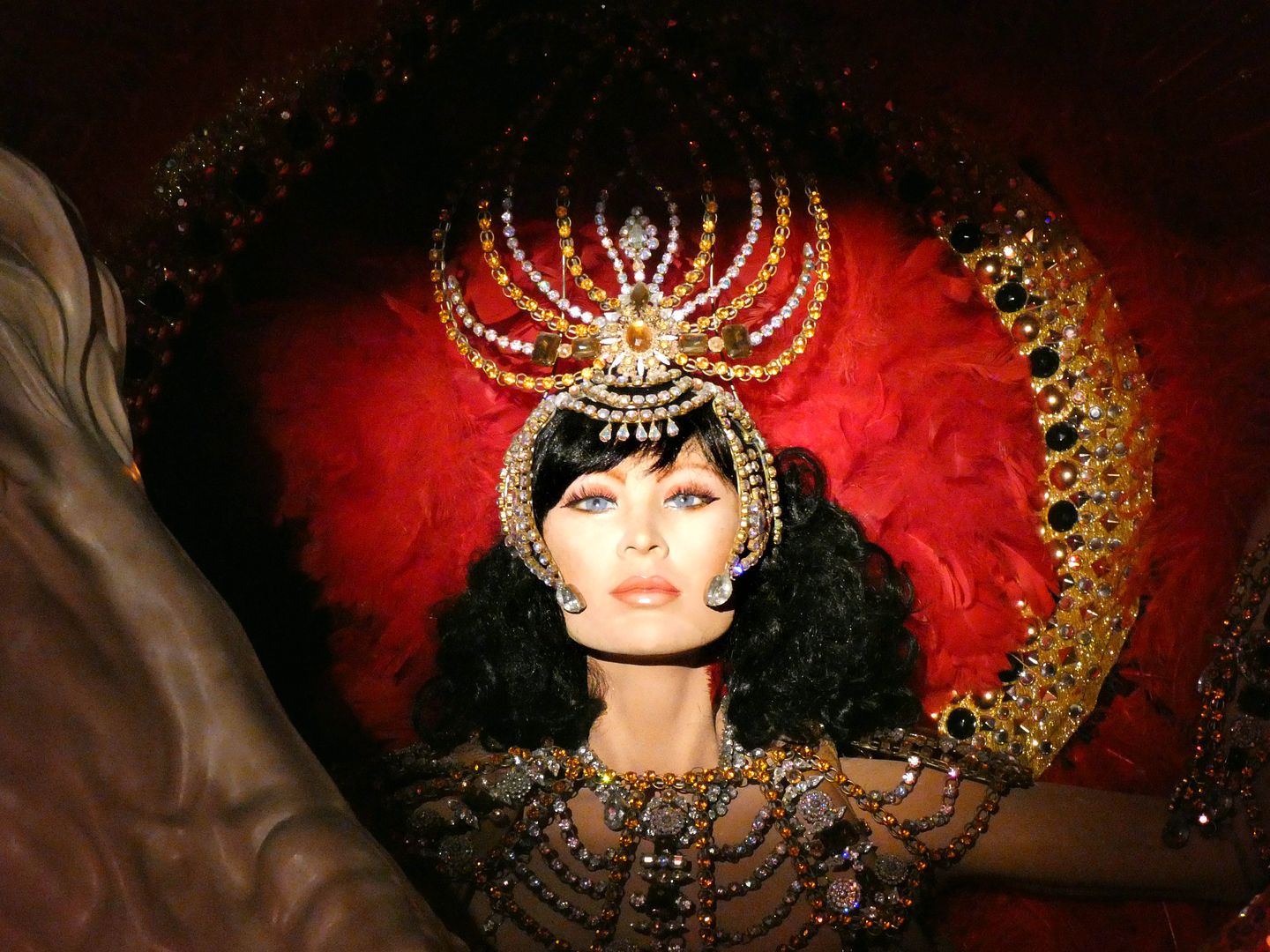
And unlike many museums, the lighting is impeccable. It has to be, because these crystal-encrusted costumes were designed to catch the stage lights.

Finally, Philipo's collection contains yet another gem that might've otherwise been lost to history: a wax figure of Hedy Lamarr from the Hollywood Wax Museums, where the curator once served as artistic director. Wax museums like Madame Tussauds keep their figure displays updated for the most current celebrities—so I hate to think what happens to the classic stars when they get rotated out.
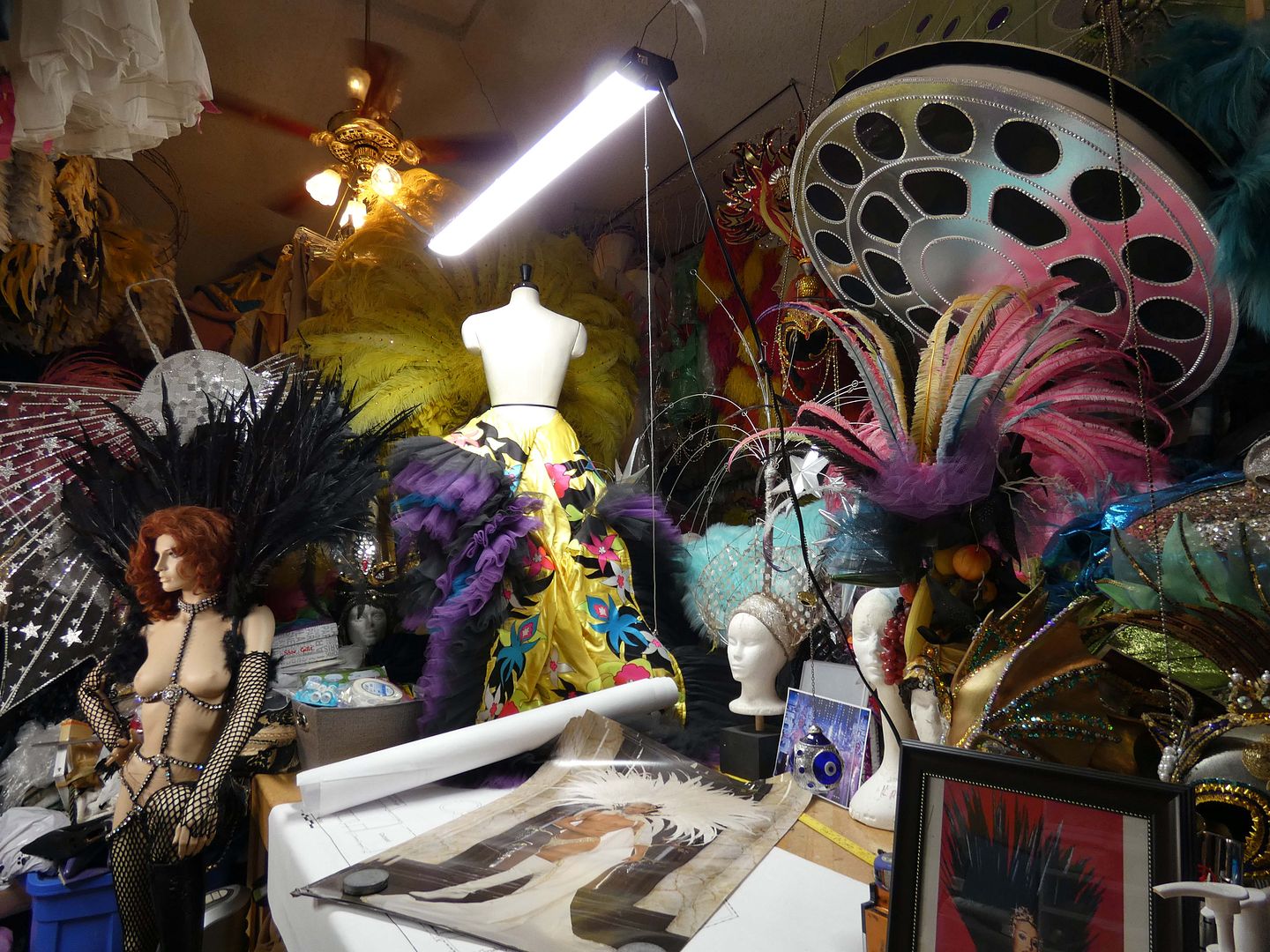
The final stop on the tour feels like the most special one: Philipo's workshop, where he rebuilds, re-beads, and re-feathers garments and headdresses and backpacks.
After all, you can imagine the wear and tear that ensues after performing two shows a day, every day of the week for years on end.
And what Philipo is trying to do is not to stabilize historic artifacts in their current worn condition—but return them to the glory of their designers' original visions.
For now, you can book a tour at the Las Vegas Showgirl Museum by sending an email from its website.
Related Posts:

No comments:
Post a Comment